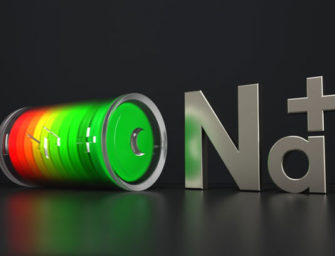Virtual reality systems may find their demand does not match their hype
While virtual reality has long been the stuff of science-fiction films, and VR demonstrations have been around for a while, consumers are now able to actually buy their own VR system for the home. Sony recently launched its PlayStation VR headset at a cost of $399, while Facebook already sells its Oculus Rift VR system, and Microsoft has announced it will join the fray next year.
The scope for VR systems is huge, as they offer not only immersive games, but the chance to change how films are made, how people watch sport, news and even shop.
However, any new hardware needs the software and content to make it worthwhile, and there are questions over just how many people will actually buy these new products.
The dream of virtual reality
The excitement around a home VR system is understandable. It does not take a wild imagination to imagine how exhilarating it would be to watch a wildlife documentary with complete 360 degree visuals, or what it would be like to be completely immersed in the latest horror movie. This is a technology where the idea has been around for a long time, it has featured as a symbol of hypothetical, futuristic worlds in several movies, but now it would seem that science-fiction has become a scientific reality.
The Wall Street Journal journalist, Christopher Mims, wrote that some of the VR experiences he tested, left him “wobbly in the knees”, such was the immersive nature that they achieved.
There is also a belief in some quarters that developers of content will be quick to react to VR’s potential, due to seeing how rapidly new technology can take over the marketplace in the 21st Century. Taiwan’s tech giant, HTC, has launched its own VR system, named Hive, and HTC vice-president, Marc Metis, believes that developers have learnt from the rapid development and spread of smart phones. Mr. Metis said, “With mobile, people vastly underestimated the pace of that software ecosystem—and I think people have learned those lessons.”
However, this is a new technology offering a very new product, and it could well be high costs that stop VR becoming an instant, runaway success.
The reality of virtual reality
When any new product enters the market, the cost of the item is always going to play a major part in how rapidly it spreads. For huge uptake, the technology therefore needs to be affordable, and currently it is quite expensive.
Microsoft has not even revealed a price for its product yet, while HTC’s Vive is $799, compared to Facebook’s $599 Oculus Drift, and Sony’s $399. However, none of these include the cost of the games console or PC needed to operate the headset.
Strategy Analytics analyst, David MacQueen, states that only 6% of Americans will own a VR system by the end of the year, although he predicts that by the end of 2017 this will have risen to 16%.
The factors that will determine whether this growth continues is how happy the early buyers of VR are with their purchase, and whether enough content appears to entice more people to invest in a headset for themselves. It is the cost of producing content that could thus be the make or break for this first generation of VR systems in terms of market uptake. Vincent Cacace, CEO of Vertebrae, a VR marketing company, stated that producing 1 minute of VR video costs between $30,000 and $60,000.
Such figures are not problematic for Sony and Microsoft, but it means that they will have to be the driving force behind initial content, before smaller producers can afford to really profit. René Pinnell, head of the Kaleidoscope VR production studio, says that as things stand “the hardware has run ahead of the content” and that “we are undeniably in a hype cycle.”
It is too early to say how far reaching VR will become, but while it is sensible to not overstate the impact of a new technology, even the relatively modest figures projected by the likes of Strategy Analytics compare well with those of previous technology. Apple IPhones only had around 6% penetration of the US market 2 years after launching, and the ubiquity of smartphones 7 years later is clear for all to see. This should give encouragement to VR’s biggest proponents.
















There are no comments
Add yours